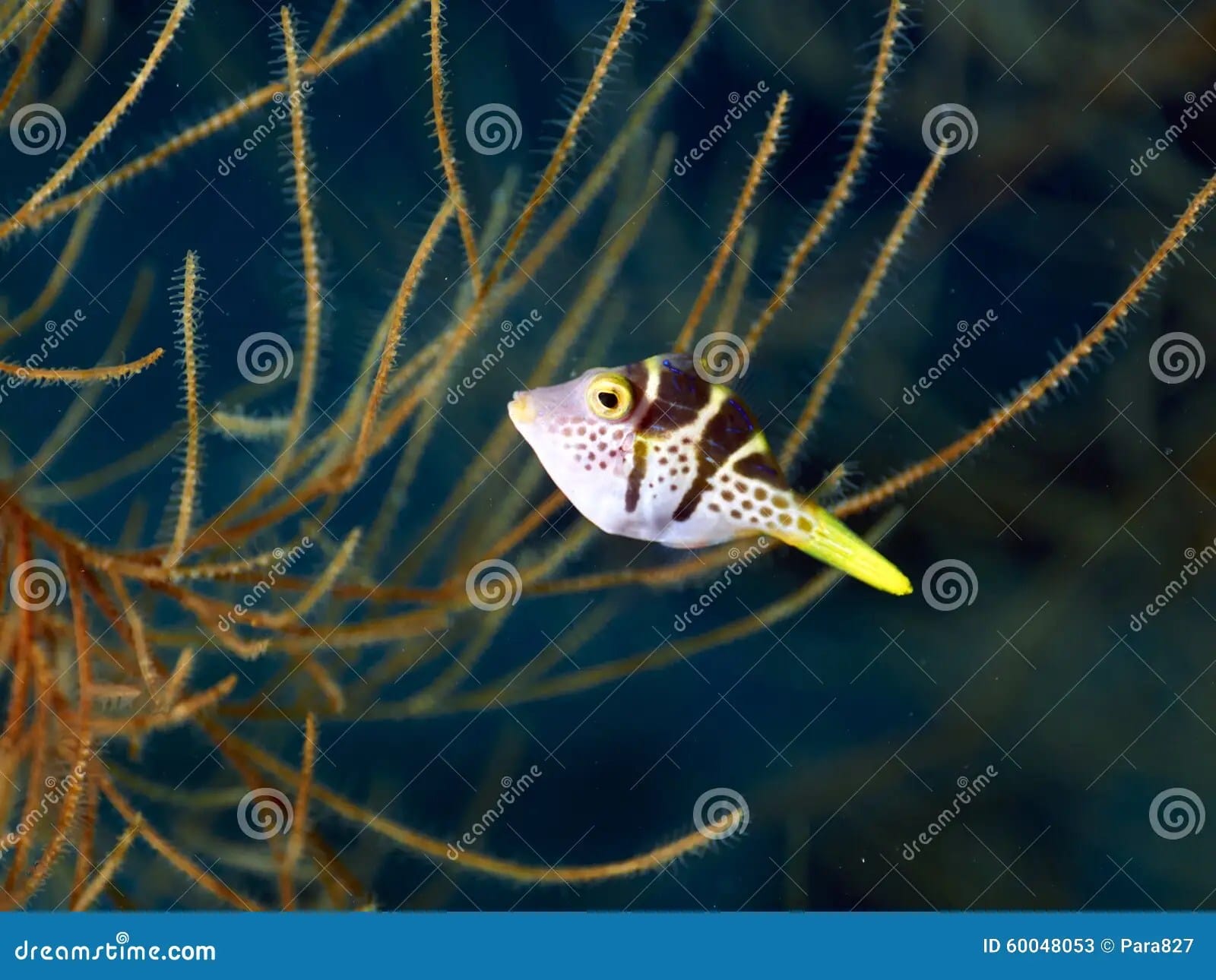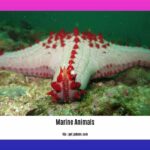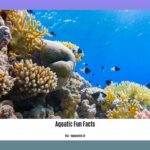The vibrant Black Saddled Toby (Canthigaster valentini), also known as the Valentini puffer, captivates divers and aquarists with its striking appearance and intriguing behaviors. This comprehensive guide delves into the fascinating world of this small but mighty reef dweller, exploring its unique adaptations, social dynamics, toxicity, and more. Join us as we uncover the secrets of this captivating marine marvel.
A Closer Look at the Black Saddled Toby
The black saddled toby, named after Dutch naturalist François Valentijn, is a small pufferfish, reaching a maximum length of about 11 cm (approximately 4 inches). Its vibrant yellow or orange body, dramatically intersected by bold black bands—giving it its characteristic “saddle” look—makes it a true fashion icon of the reef. A pointed snout and high-set eyes complete its perpetually curious expression. These fashionable fish are most likely found flitting about the warm, tropical, and subtropical waters of the Indo-Pacific, frequenting coral reefs, seagrass beds, and rocky areas.
Habitat and Distribution
Black saddled tobies thrive in the tropical and subtropical waters of the Indo-Pacific region. They are commonly observed in reef-associated habitats, seagrass beds, rocky outcrops, and lagoons, demonstrating their adaptability to various marine environments. Their distribution spans a vast area, highlighting their success in these diverse ecosystems.
The Social Life of a Toby
Black saddled tobies exhibit a fascinating harem-based social structure. A dominant male controls a territory that includes the sub-territories of multiple females. Interestingly, the size of the male’s territory often correlates with the number of females residing within it, suggesting a dynamic relationship between territory size and social group size. Bachelor males, without harems of their own, may wander or live near established groups, perhaps waiting for an opportunity to establish their own territory. This complex social organization adds another layer of intrigue to these captivating creatures.
A Tiny but Formidable Defender
Despite its small size, the black saddled toby possesses a formidable defense mechanism: inflation. When threatened, it rapidly gulps water, expanding its body to several times its normal size. This sudden transformation can startle potential predators, making the toby a much less appealing meal. Furthermore, their skin contains tetrodotoxin (TTX), a potent neurotoxin estimated to be roughly 100 times more toxic than cyanide. This toxin acts as a powerful deterrent, reminding us that this charming fish is not to be trifled with. Did you know armadillo poop is actually a cube? This peculiar fact highlights the surprising adaptations found in the animal kingdom, much like the toby’s unique defense mechanisms.
Reproduction: Small Beginnings
Black Saddled Tobies reproduce sexually, and their eggs are remarkably tiny, measuring a mere 0.68-0.72 mm in diameter – some of the smallest in the entire pufferfish family. These minute spheres hold the potential for a whole new generation of these fascinating fish. While some populations appear stable, others face growing threats from habitat destruction and climate change, emphasizing the need for continued research and conservation efforts.
What Makes the Toby Puffer Toxic?
The black saddled toby’s toxicity stems from tetrodotoxin (TTX), a potent neurotoxin concentrated in its skin and internal organs, including the liver, ovaries, and intestines. The prevailing theory suggests that the pufferfish has a symbiotic relationship with certain bacteria that produce TTX, providing the fish with a built-in defense mechanism. This toxin likely deters predators, contributing to the puffer’s survival. Some research even suggests that TTX may play additional roles, possibly acting as a chemical attractant during reproduction or providing larval protection. However, further research is needed to fully understand the complexities of TTX and its role in the pufferfish’s life cycle.
Aggression and Tank Mates: A Balancing Act
Valentini puffers generally coexist peacefully with non-puffer fish, but introducing another puffer, especially another Valentini, can trigger territorial aggression, likely due to competition for resources. Their curious nature and tendency to nibble can also pose a problem for long-finned fish, which might be mistaken for a tasty snack. Invertebrates like shrimp and snails are best avoided as tank mates, as they are likely to become a quick meal. While not inherently aggressive, their puffing-up defense mechanism indicates stress, emphasizing the importance of a calm and stable environment. Careful consideration of tank mate compatibility is essential for a harmonious aquarium community.
Reef Compatibility: A Calculated Risk
While sometimes labeled “potentially reef safe,” the Valentini puffer’s reef compatibility is more nuanced. Their natural diet of invertebrates poses a risk to corals and cleanup crews. Though some individuals may coexist peacefully with reef inhabitants, especially in a mature, established reef with ample alternative food sources, this is not guaranteed. Ultimately, introducing a Valentini puffer to a reef tank depends on individual risk tolerance. A species-specific tank might be the most prudent choice for those seeking to guarantee the safety of their reef ecosystem.
Conservation Status and Future Research
While the conservation status of C. valentini varies geographically, with some populations stable and others facing threats, ongoing research is crucial for understanding the specific challenges they face. Habitat destruction and climate change are likely contributing factors, highlighting the importance of conservation efforts to protect these unique fish and their fragile ecosystems. Future studies may further illuminate their behavior, social dynamics, and the impacts of environmental changes, potentially reshaping our current understanding and conservation strategies.
Unique Insights and Untapped Potential
The black saddled toby presents numerous opportunities for further research and exploration. Comparative analyses with other pufferfish species, in-depth studies of their evolutionary adaptations, and investigations into the potential medicinal uses of TTX are just a few avenues for future scientific inquiry. By continuing to study this fascinating creature, we can gain a deeper appreciation for the intricate web of life in our oceans and develop more effective strategies for its conservation.
















